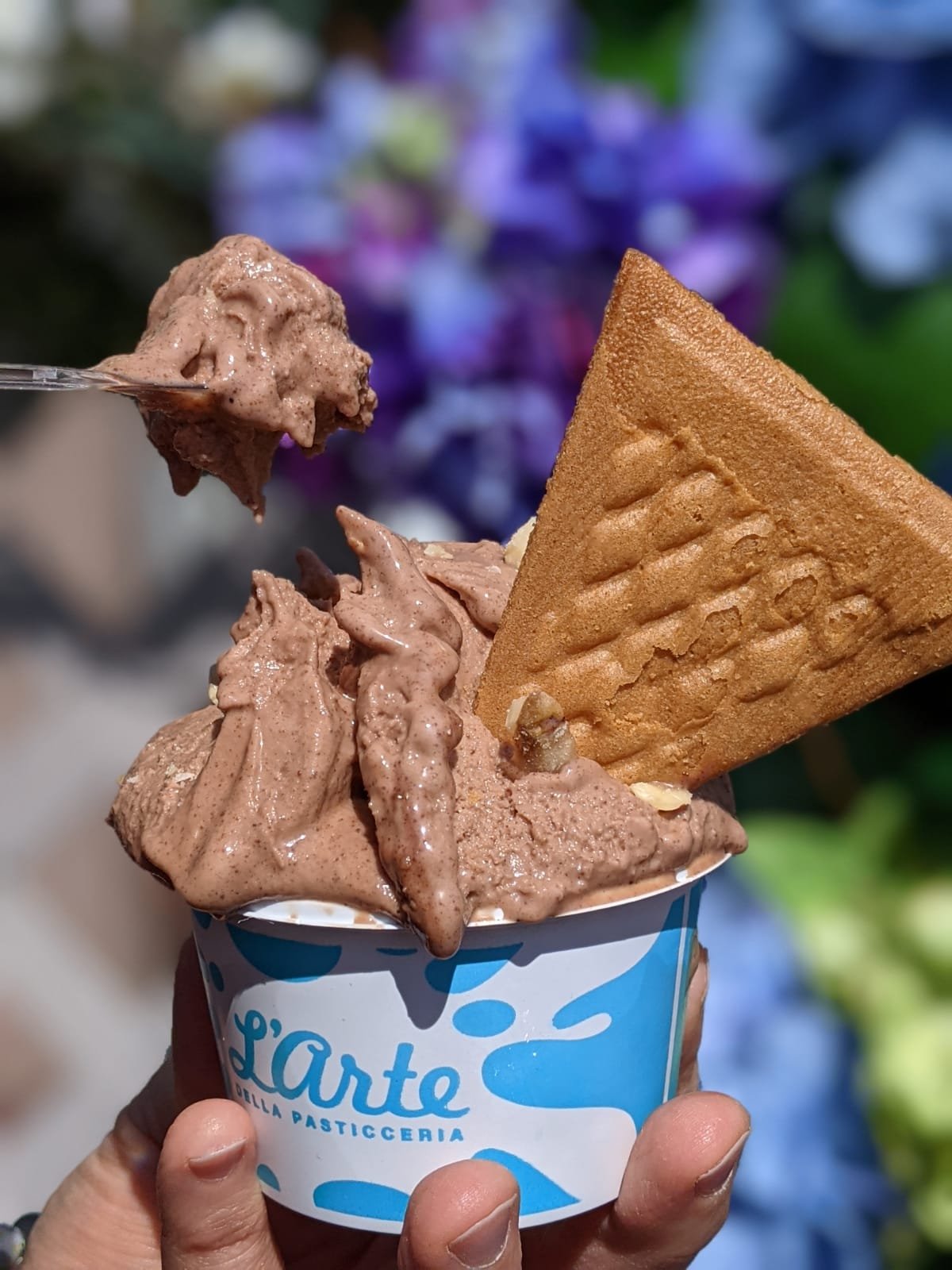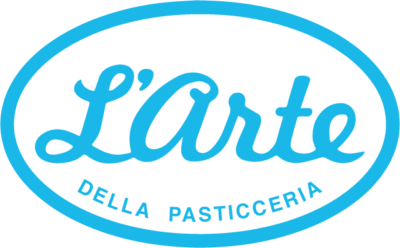Gelato: Memories, Artisanal, Wholesome and Happiness
I clearly remember the day I knew I wanted to learn how to make gelato. I was just 10 years old, living in Ragusa, and it was a summer day in August. The Sicilian sun was brilliant, the blue sky cloudless, and the heat, simply unescapable! Then a gelataio (who is still working to this day) drove a small gelato truck down our street playing music and calling out “gelati e granite”! Oh, the joy. All the kids ran out onto the street with 1,000 lire (about 50 cents) to get a gelato cone or a cup of granita. Excitement, happiness and wonder were etched on all of our faces. Just looking at that creamy fascinating goodness as the gelataio scooped it into the cone and me thinking: one day I’ll make gelato too. My favorite flavors (at the time) were chocolate and strawberry…as you can see, I already had a very sophisticated palate.
Not too many years later, I went to work at a gelateria. It was a formative and wonderful experience. The first time I used a professional gelato machine, it was a really ancient one! It was a Carpigiani. Basically, a stainless-steel vat submerged in “glicole”, a mixture that cools down the mixing vessel while spinning slowly, very slowly. During the hottest days of the summer, it could take up to 1.5 hours to make just one bin of gelato! I learned very quickly that any gelato worth eating took time, patience and a sense of humor. To this day I continue to believe in, and put into practice, the traditional artisanal way of making gelato. Of course, at L’Arte we embrace technological innovation but the fundamentals, small batches, freshness, quality wholesome ingredients, mixing and making our own flavors from scratch, continues. That is why everyone who is knowledgeable about the creation process knows gelato is healthy for you.
Gelato has less fat and contains less air than ice-cream, and it’s served at a higher temperature. These factors give gelato a much richer taste than tongue numbing French ice-cream. Artisanal gelato is made in smaller quantities, since it does not contain the long shelf-life ingredients that industrial gelato or ice-cream uses. Gelato is easy to digest and in Italy, it often replaces a full meal (like breakfast) during the hot summer months. The ingredients I use to make my artisanal gelato – milk, cream, sugar, and of course, natural flavoring – determine its high nutritional value. My ingredients contain proteins, carbohydrates, fats, vitamins and minerals, making gelato a wholesome food. Milk provides high-quality proteins and calcium; lactose and saccharose, the sugars used in gelato, provide a good source of energy, as do fats. Gelato ingredients also contain vitamins A and B2, as well as phosphorus.
Last but not least, did you know that eating gelato stimulates the production of serotonin, the happiness hormone, which in turn helps fight stress? Supposedly the effect is amplified when you savor gelato sitting down or leisurely strolling in an Italian piazza. We have seating but I can’t help you with the piazza part.
Chef Andrea


